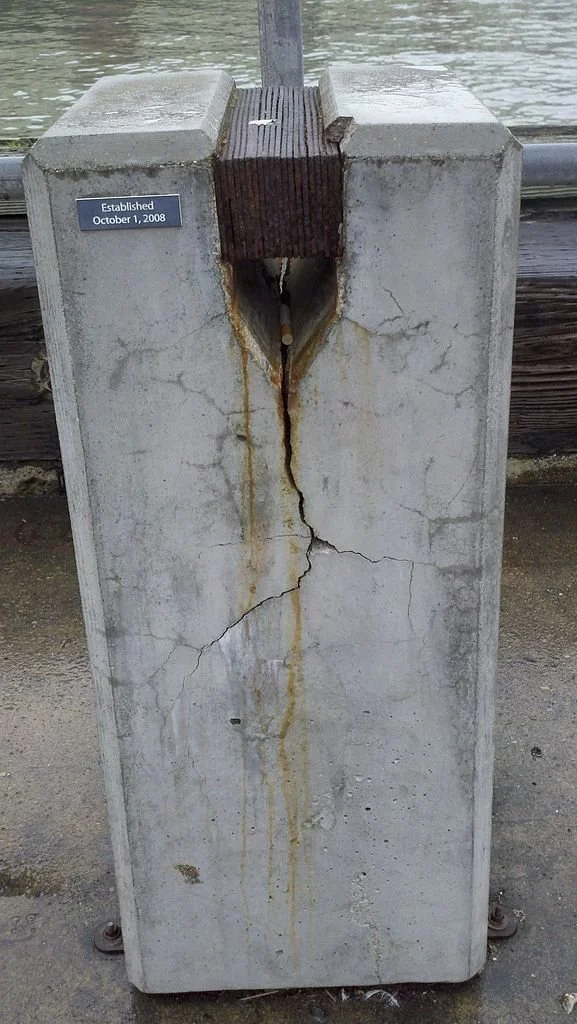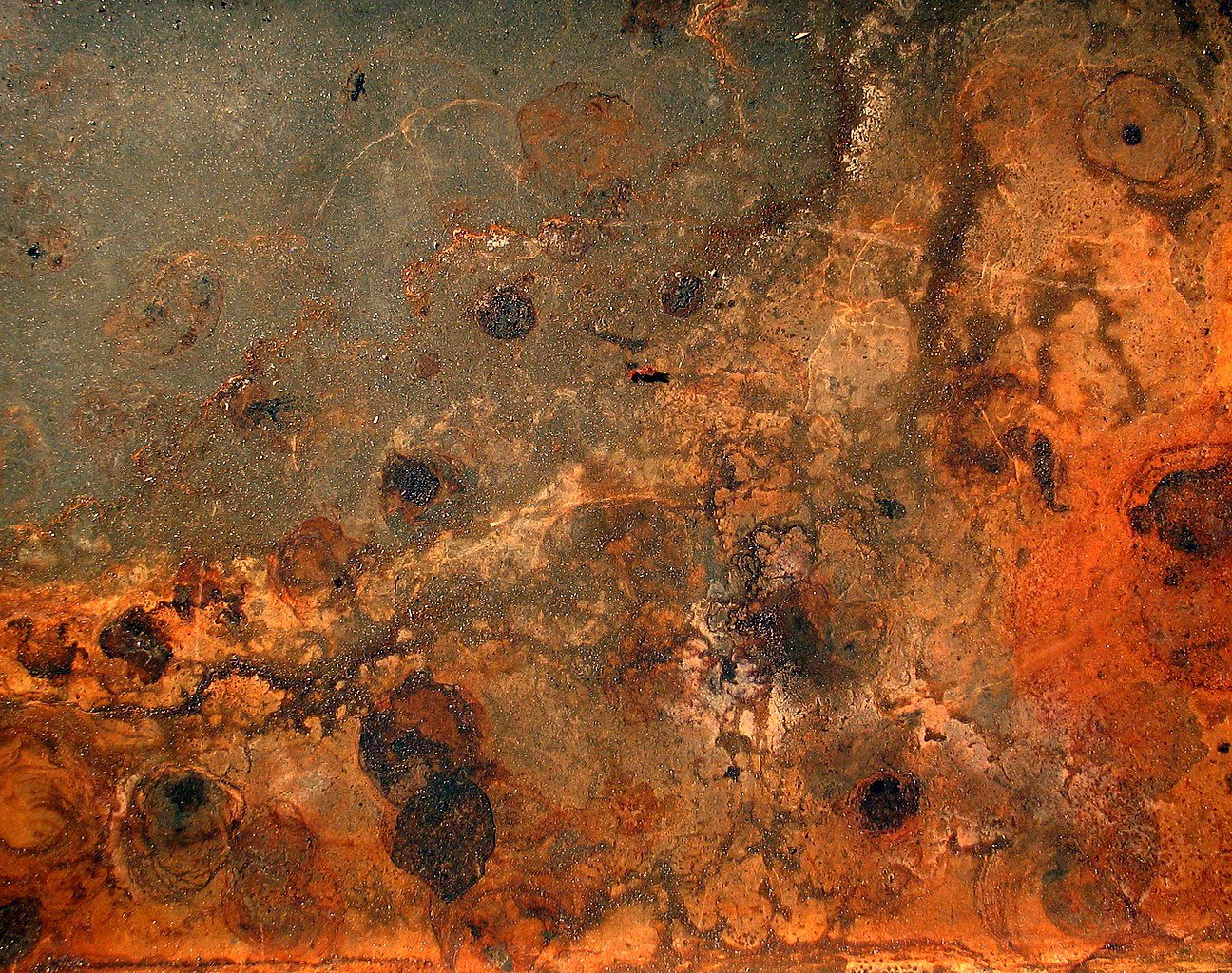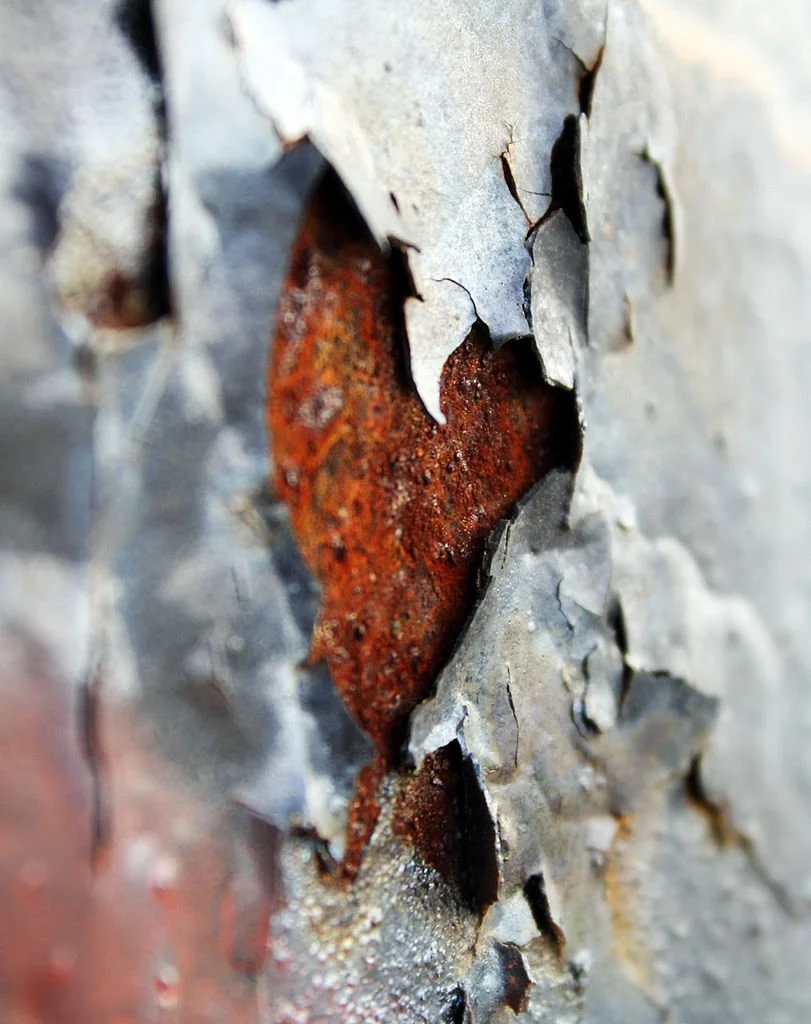Residential Structural Damage From Rust
Residential Structural Damage From Rust
When metal parts corrode, they become rusted and deformed. As a result, your home's metal parts are quickly prone to rust damage. Steel lintels above metal windows, rebar rods, and sheet metal are just a few of the items that can rust away. In addition to deforming metal parts, rusted rebar rods can cause foundation cracks.
Chemical Reaction
A chemical reaction causes rust by releasing ions that attack metallic materials. Rust can damage your residential structures due to its effects on the metals' surface. This reaction is much faster in salt water than in pure water because saltwater contains carbon dioxide. The water molecules react with the carbon dioxide to create a weak carbonic acid. The weak carbonic acid attacks the iron and releases its electrons. Free oxygen and dissolved iron then combine to form an iron oxide. Rust continues to corrode the metal.
The chemistry of rust is quite simple: water and oxygen react with iron to produce rust. The iron cations in the water react with the oxygen to form iron hydroxides, which are dehydrated and produce iron oxides. Several different chemical reactions take place in the process of rusting. However, all of these reactions require water and oxygen in order to proceed. When metals receive these two elements, their reaction will be much faster and eventually, the rust will begin to corrode and damage the metal.
Prevention
Rust is a dangerous substance. It is home for a type of bacteria, and it can cause a variety of symptoms including muscle spasms, difficulty swallowing, fever, and even death. The bacteria reside in ordinary soil, but when rust is present, the spores of the bacterium can become trapped in the rough surface. The bacteria can also enter the body via dirt-covered protruding nails. In addition, tetanus is a type of bacterial infection caused by the lack of oxygen in the body.
Fortunately, there are a variety of preventative measures for residential structures, including coatings that create a protective barrier between the iron and moisture. Slushing oil is one common wax-based product, and it is often applied to buildings to reduce metal corrosion. Concrete can also slow down the rusting process. A sacrificial anode, such as zinc, aluminum, or magnesium, is another effective preventative measure.
Coatings and Painting
There are several benefits to applying a rust-proof coating. Not only is it durable and corrosion-resistant, it can also help prevent further damage from rust. For residential structures, alkyd primer provides a fast-drying coating and is a great choice for bare steel surfaces. It can also be used under water-base topcoats or as a barrier coat over conventional coatings, providing excellent hide and evenness.
Before implementing a rust-remediation plan, metal components must be stripped of their previous coatings and any infected areas. Light surface corrosion must also be removed and cleaned thoroughly to prevent further damage. Only then can new coatings be applied. This process may involve significant grinding and sandblasting and extensive cleaning. Painting over rust will not stop the chemical process and the corrosion will continue underneath the new coating.



